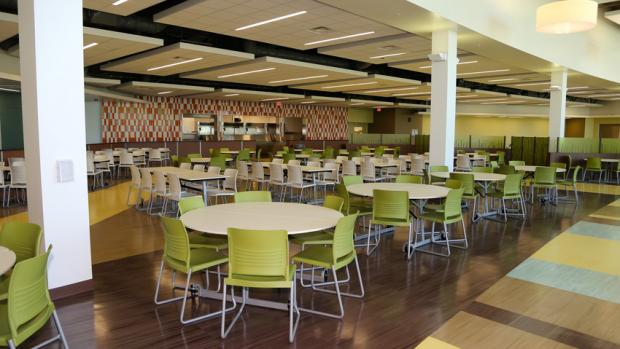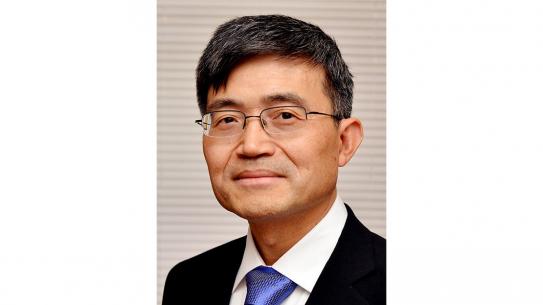Designing Humanity into Prisons Worldwide
International Committee of the Red Cross Selects NYU Tandon Environmental Psychologist Richard E. Wener to Edit a Manual that Seeks to Influence the Design of Detention Centers throughout the World

With more than 10.35 million people incarcerated worldwide — more than the entire population of Sweden — the International Committee of the Red Cross (ICRC) has turned to Richard E. Wener, a New York University professor with more than three decades of research on the topic, to help develop a manual for the planning and design of humane prisons.
The manual aims to provide advice that can ensure key principles and human needs are taken into account when countries consider building prisons, said Wener, an environmental psychologist at the NYU Tandon School of Engineering’s Department of Technology, Culture and Society.
ICRC specialists in the field of detention and an international advisory group representing multiple disciplines are working closely with Wener, the managing editor of the manual, to identify additional contributors and quickly shepherd the book to publication this year. Architects, criminal justice professionals, social scientists, and prison administrators from every region of the world are among those who will impart specialized knowledge.
“Jails and prisons are being planned all over the world with little input on the best practices and experience worldwide. These institutions will exist for decades, potentially wasting money and impacting not only prisoners but prison employees and the community,” Wener said.
“When people think of the Red Cross, they usually recall humanitarian visits to concentration camps in World War II or certain notorious modern detention sites, but the ICRC’s action to ensure respect for the lives and dignity of prisoners has evolved and goes much deeper,” he continued. “They encourage restraint in the use of detention, but when government officials do decide that they need new prison spaces, the ICRC hopes that this manual will be used from the earliest planning stages. It aims to help the prison authorities to focus on a less restricted understanding of security and to develop prisons which are as humane as possible.”
Wener is the author of The Environmental Psychology of Prisons and Jails: Creating Humane Spaces in Secure Settings (Cambridge University Press, 2014), which reflects 30 years of research on the impacts of prison design, starting with the revolutionary U.S. prisons of the 1970s that were copied throughout the world. Today, the Scandinavian countries tend to be considered the leaders in design and management techniques that reduce prison violence and prepare prisoners to return safely to society, Wener said.
Acknowledging the many challenges facing prison planners today — most recently a rise in gangs — Wener said, “If you give people a more normal experience in prison, science has demonstrated that they will generally act in a more civilized manner.”
“We congratulate the International Committee of the Red Cross and Professor Richard Wener on this ambitious project that promises to impact societies across the globe,” said NYU Tandon Dean Katepalli R. Sreenivasan. “Rich has always sought out projects that are truly life-changing, from this reduction of violence in prisons to lifesaving training for firefighters to methods of encouraging people to embrace energy-efficient buildings in this time of climate change. We are proud of his contributions to the NYU Tandon School of Engineering.”
Note: Images available at http://dam.poly.edu/?c=1715&k=4dae140d0d
The NYU Tandon School of Engineering dates to 1854, when the NYU School of Civil Engineering and Architecture as well as the Brooklyn Collegiate and Polytechnic Institute (widely known as Brooklyn Poly) were founded. Their successor institutions merged in January 2014 to create a comprehensive school of education and research in engineering and applied sciences, rooted in a tradition of invention, innovation and entrepreneurship. In addition to programs at its main campus in downtown Brooklyn, it is closely connected to engineering programs in NYU Abu Dhabi and NYU Shanghai, and it operates business incubators in downtown Manhattan and Brooklyn.




